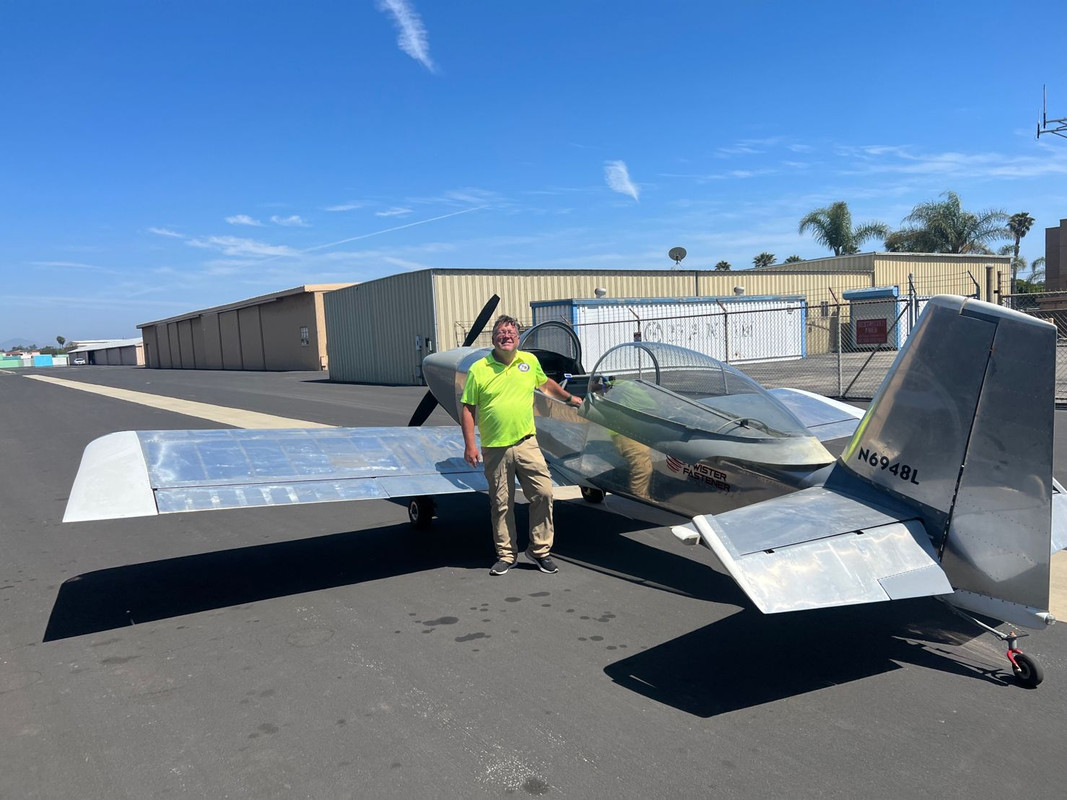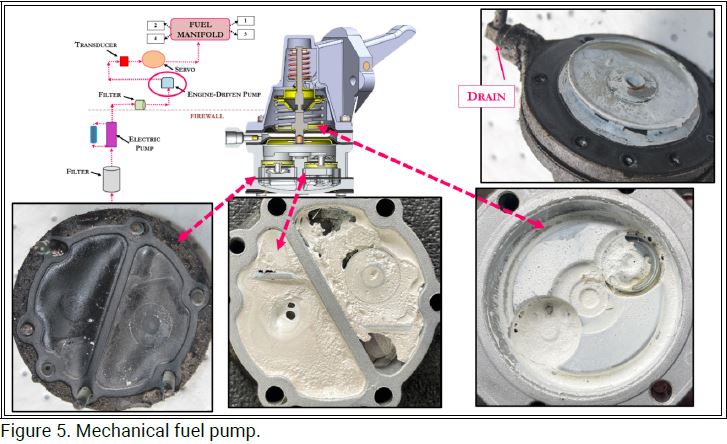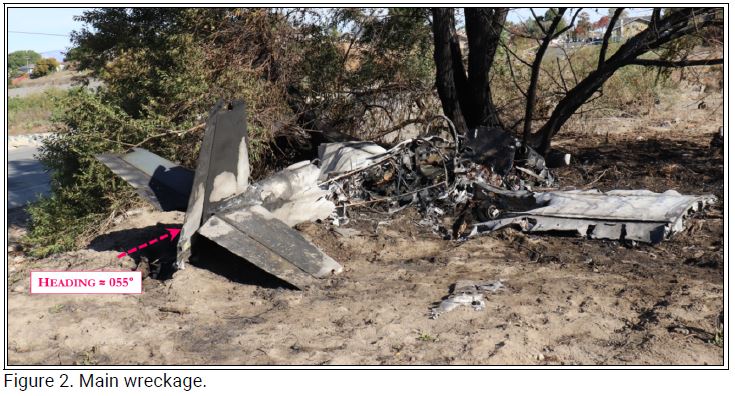well, the pilot didn't appear to have sound judgement for the takeoff if the engine was sputtering. flying with a dry tank limits the options and perhaps exposes a problem if the fuel selector valve has a small air leak to the opposite side. just need to clean up the mess.
In my opinion, it is not wise to ever run a tank dry in these small homebuilt aircraft. vacuum is present at the fuel selector valve and is needed to draw fuel from the tanks. if there is a slight air leak in the selector valve and the opposite side tank is dry, air can be drawn into the system instead of fuel, starving the engine of fuel. maximum vacuum at the selector valve is present during takeoff where there is maximum fuel flow. the fuel selector valve is a liquid valve, not an air valve.
edit: as part of my flight-testing program, I conducted min fuel testing at 2000 ft AGL over an airport. round and round until the engine stumbles. for routine operation, I never run a tank dry.
https://data.ntsb.gov/carol-repgen/api/ ... 193532/pdf
The pilot had flown the airplane to Corona on November 13, 2023, for the purpose of having it painted there. The accident flight was the first flight after it was painted. The paint shop required the pilot to disassemble and reassemble the airplane before and after the painting because it was a homebuilt airplane. The pilot intentionally chose to leave the left fuel tank empty because it was drained from being repaired prior to flying the airplane to Corona. The pilot did not refuel the airplane after it was painted. Witnesses reported hearing the airplane during the takeoff and remarked that the engine sounded as if was “missing” and producing partial power.
A review of the recorded security camera footage at the airport revealed that the airplane came into the frame at 11:49:23 when it was midway down runway 07, (passing by the fuel tanks) showing the wheels had not yet lifted from the surface. The airplane continued down the runway and rotated about 4 seconds later. Based on the distance and time, the airplane’s speed was calculated to be 71 kts at the time of rotation and a sound spectrum analysis revealed that the engine rpm was about 2,500 at that time. The airplane climbed slightly, just passing over a berm at the airport’s perimeter reaching a maximum altitude of about 95 ft above the runway. The estimated ground speed was 58 kts. Thereafter, the airplane descended and made a left turn, disappearing from the frame (see Figure 1 below).

************
DAVID B LUNN, RIP, perhaps your experience can save another.

Steve Melton
N531EM, RV9A, Superior O-320, WW 200RV prop, Slick mags, CHT 330F, EGT 1300F, B&C, 1400+ hours
Freedom and Democracy are all that really matter.
Ride a bike, unlock the world.
https://www.rvplasticparts.com/





